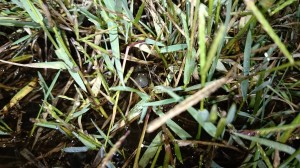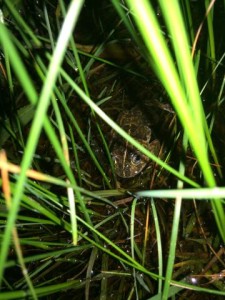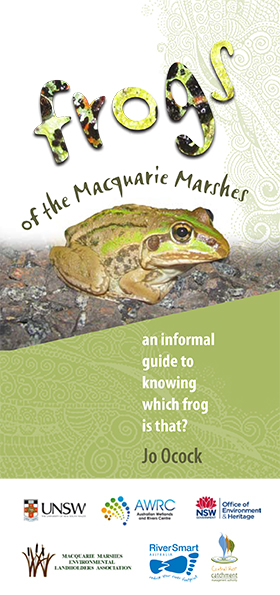Often, the weird and wonderful things are the things we see least often. And often the reasons we see them so rarely, are what makes them so weird and wonderful. Take the crazy freshwater crustacean called the shield shrimp in Australia (scientific name Triops australiensis). I’ve been wandering around floodplain wetlands and creeks for a few years now, peering into the water and sweeping nets around looking for tadpoles, and until the last month, I’d only see one of these things.
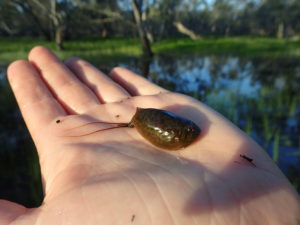
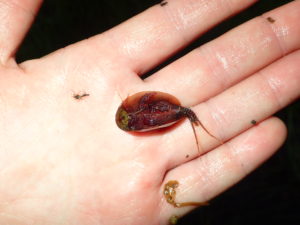
They are weird because they have three eyes – yes really (the middle one tells light from dark). And because they haven’t changed since the early dinosaurs walked the earth. And because it looks like they attached a flattened snow-plough over their head and body, then discovered they couldn’t see, so stuck the eyes on the outside.
And they are wonderful because the eggs can survive the harshest cold and the driest heat and being blown around in the wind for YEARS, before hatching out and finding themselves in temporary pools near the top of Uluru and rocky outcrops at Arapiles, or sandy desert swales and clay-pans, or floodplain creeks in the Murray Darling Basin. Which is where I saw them in September. At a couple of places, I got more shield shrimp in the tadpole nets than tadpoles. Such ungainly looking things, not particularly hydrodynamic-ly designed for an aquatic animal. And at night, I watched them scoot and tumble about, yes definitely not very hydrodynamic.

